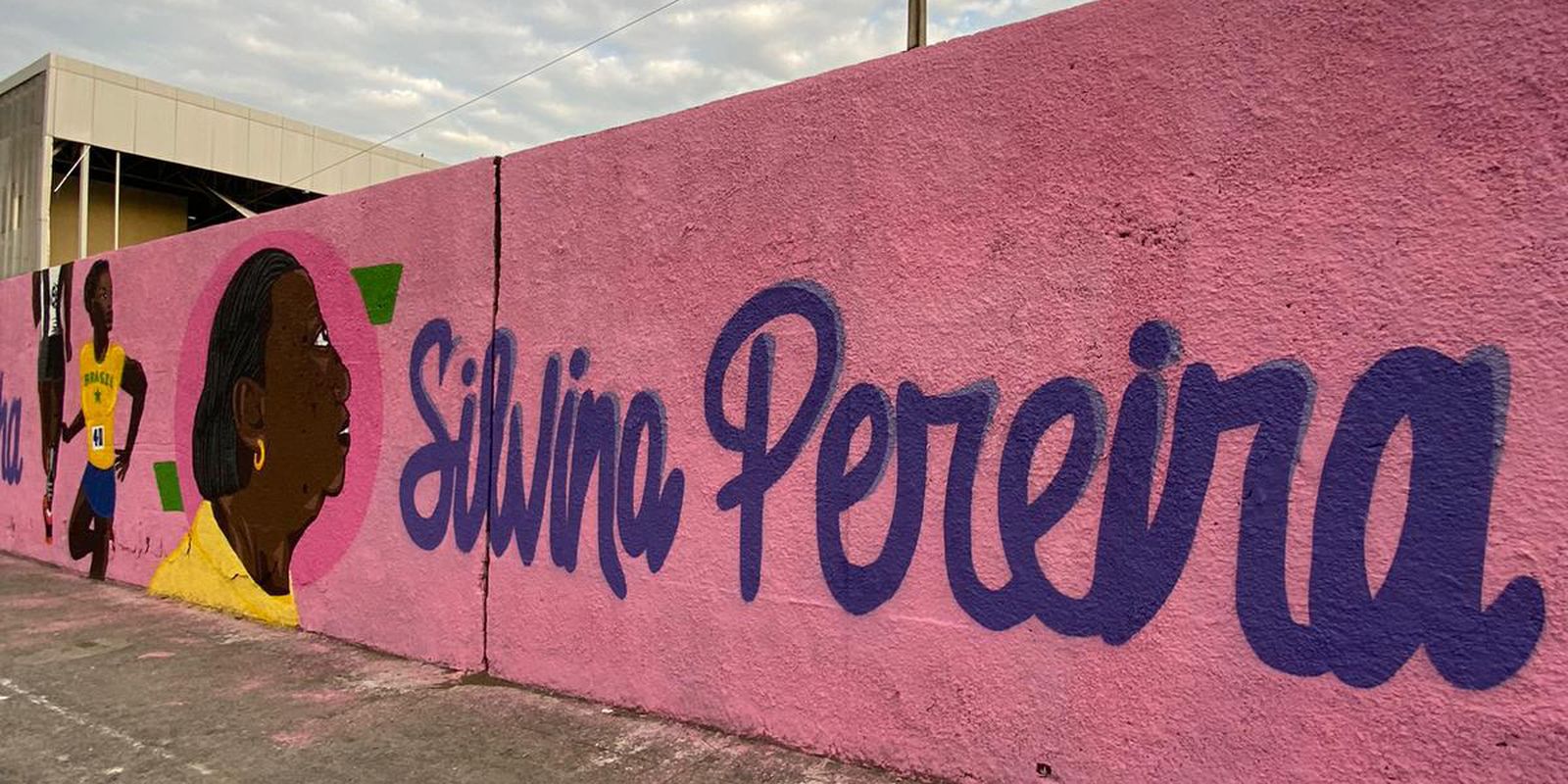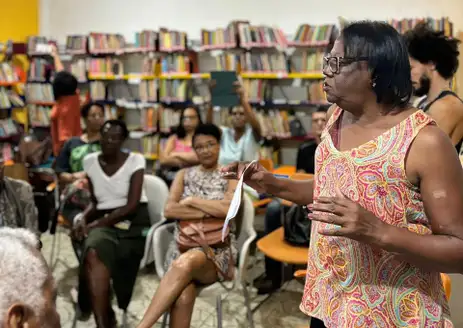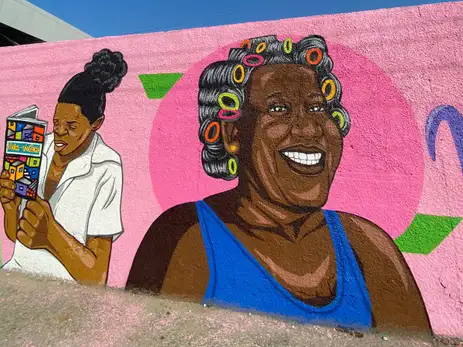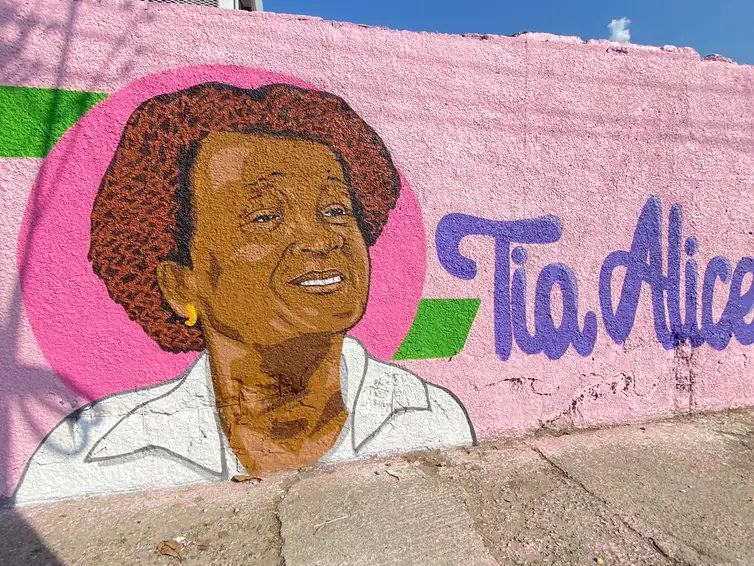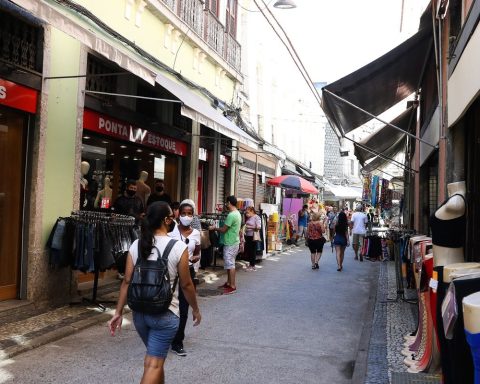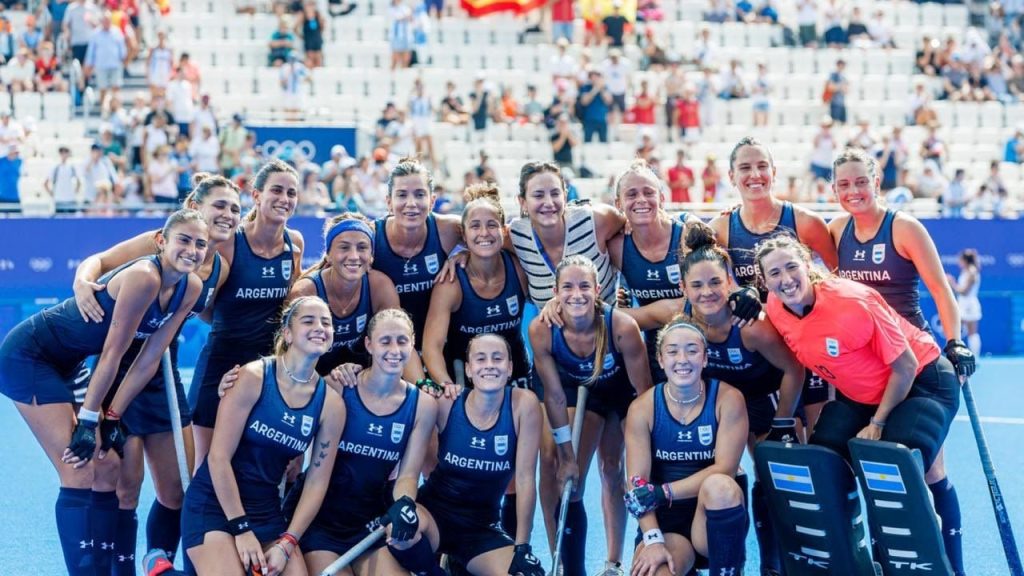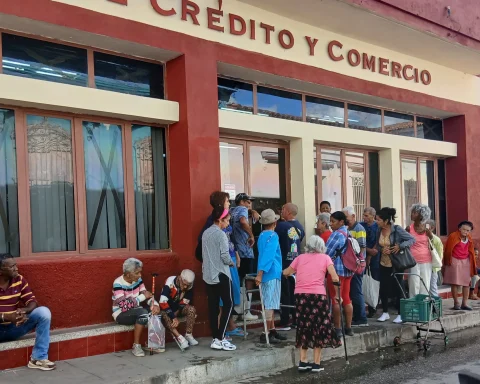Born in the city of Vassouras (RJ), Silvina das Graças Pereira da Silva spent a good part of her life in Morro da Mangueira, in the northern part of Rio de Janeiro. As an athlete, she represented Brazil in the 1971 Pan American Games, in the Colombian city of Cali, where she won the silver medal in the long jump with a mark of 6.35 meters. “In 1971, the two silver medals that Brazil won were in athletics. One with me, in the long jump, and another with Nelson Prudêncio, in the triple jump,” she recalls in an interview with Agência Brasil. 
This Saturday (3), she will be one of those honored by the project Ecos da Mangueira: Grafitando tradicionales feminina, which celebrates four personalities from the Mangueira neighborhood, where Silvina took the sport and founded an organization responsible for the administration of the community’s Public Library.
Alice de Jesus Gomes Coelho, Jacintha de Oliveira Ferreira and Dolores de Souza Lemos join her in the graffiti that tells part of the emotional history of the neighborhood in the north zone of Rio de Janeiro.
Silvina’s winning streak did not stop at the 1971 Pan American Games. At the 1975 Pan American Games in Mexico City, she returned to Mangueira with a bronze medal in the 200-meter dash and a new South American record, clocking in at 23 seconds and 17 hundredths. A year later, the athlete joined the Brazilian team at the Olympic Games in Montreal, Canada, competing in the long jump and 200-meter dash events.
The tribute on the wall of SuperVia’s Mangueira/Jamelão Station is the result of a partnership between the NGO Associação de Meninas e Mulheres do Morro and the concessionaire responsible for the urban train service in the Metropolitan Region of Rio de Janeiro. It also has the support of the Rio de Janeiro State Secretariat for Culture and Creative Economy (Secec).
Celebrated while still alive, Silvina highlights to Agência Brasil that in the country there is a “very bad” culture of honoring people only “after they have passed away”. “But the work you did should be recognized and you should participate in this process, which is what is happening to me. I think this tribute is very fair. These women changed a lot in the community. I believe that your role here in the world is only worthwhile when it helps to transform. If you achieve one transformation among a hundred, you have already profited, it was already worth it, because that one will always be there representing you”.
Women of Mangueira
Founded in 1995 to help the community by promoting health and education for men, women and children, the Association of Girls and Women of the Morro has helped educate several people from Morro da Mangueira. Among them is Kamille Orita, a former student and current member of the NGO’s administrative team.
“We were selected in a call for proposals from Rio City Hall to graffiti the wall of the train station and we had to talk about women, but we didn’t want to just talk about those who were already well-known, so we looked for others who were also part of Mangueira and who brought education and culture to the community,” he explains.
“Silvina participated in the Olympic Games and was champion at the Pan American Games, aunt Dolores was a midwife and was part of the Old Guard of Mangueira, grandmother Jacintha took care of the children and was in charge of the Ogum Institute, which promoted black culture, and aunt Alice was a nurse and helped in the health area, in addition to creating the Vila Olímpica da Mangueira”, says Orita.
For Malu Vibe, an artist with over 7 years of experience in the graffiti and hip hop scene, in addition to celebrating the trajectory of powerful women who have carried out major projects, the mural stands out for the democratization of art and its representation.
The former resident of Mangueira says that “urban art has the potential to communicate and bring people of different ages together”.
“The graffiti is open to the public, which ranges from children, teenagers, adults and even the homeless population. It has this power and this female representation, and we also see black representation, since they are black women who we see have in common this desire to take care of others, of the local youth.”
In addition to Ecos da Mangueira: Graffitiing feminine traditions, the NGO Associação de Meninas e Mulheres do Morro promotes a series of activities with the projects Amigos para Sempre, Amigos para Toda Vida, Preparando para o Futuro and Sábado Delas, serving children from 5 years of age, young people and adults.
“We bring culture to children and encourage their development. We also train teenagers to enter the job market with some courses and we have partnerships to promote actions that bring joy and dignity to our audience,” explains Orita.
The institution serves around 200 people, including approximately 120 children.
* Intern under the supervision of Vinícius Lisboa
